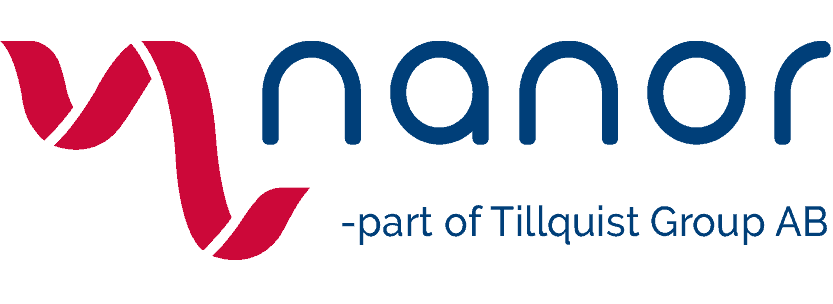FAQ – Motion Control
The most Frequently Asked Questions (FAQ) we get about Motion Control. Let us know if there is any question not found below which you would like to have the answer to.
Motion control refers to components, systems, assemblies and software which are enabling motion in one or several dimensions. The products we offer include very fine resolution (< 100 micrometers per step), dynamic or static operation and integration with end user application.
A component that includes a moving platform, drive, guiding and sometimes a position detector. For most cases a stage can move in one dimension being linear or rotational. A stage can even move in additional dimensions as a XY(Z) stage, Z-Tip-Tilt platforms or a Hexapod,´ which moves in 6-degrees of freedom.
Defines the length the component (stage) can move. Most stages are equipped with limit switches stopping the motion avoiding mechanical collision. The travel range should always be considered as it affects cost, stiffness, stability and mechanical dimensions.
Even though some stages seemingly appear comparable there are several aspects which are not typically easy to find in a datasheet that you need to consider when making a choice.
- Working environment – Is it used in a clean room or within an industrial application? Is moisture or dust present, are the conditions very dry? Are there external vibrations or mechanical noise that could effect the stability of the stage?
- Temperature range – What are the overall conditions? Will heating from the drive affect any measurement? How will the stage performing under high temperature variations?
- Duty cycle – This is a very important factor to consider. High usage demands that the stage uses a friction less drive and guiding that can withstand the dynamic of the application. Static applications might need long term stability and absolute position reading.
- Designing the load setup – In general load should be kept as close to the moving platform as possible to lower positions errors. Having the center of gravity concentrated means also better stability and less stress on mechanical bearings.
Defined as the spread of repeated measurements under unchanged conditions.
Defined as the difference between the actual position and the commanded position.
Defined as the statistical value of the error bandwidth of a commanded position for a positioning component or system. There are several ways to measure this and can be further divided into bi-directional and uni-directional repeatability.
For motion components with a position detector a commanded position or motion profile is corrected by measuring the deviation of the current position from the target position. For such system a feedback loop is needed to adjust the output to the drive using the input signal form the position detector.
A motion component without any position feedback (see What is a closed loop system).
This is an encoder measuring the rotation inside a DC motor which drives the moving platform. It is a cost-effective solution for closed-loop systems, but as it is an in-direct measurement it does not provide actual position.
It is a light source that illuminates a linear scale where the reflected light is collected by a detector. The incremental reading is translated into a physical value giving the system position feedback. This is a direct measurement as the sensor is typically placed on the moving platform.
It is lost motion in a mechanism caused by gaps between the parts in a gear box, motor, spindle drive etc. It can be defined as the maximum distance or angle through which any part of a mechanical system may be moved in one direction without applying appreciable force or motion to the next part in mechanical sequence. Sometimes referred to as play.
Most DC and Stepper drives and encoders found in our Motion Control products are based on industry standards. This means we can offer the option of integrating the motion component directly with the application system.
In generall yes as there are drives that support such function. Please contact us for further information.
Submit a question


